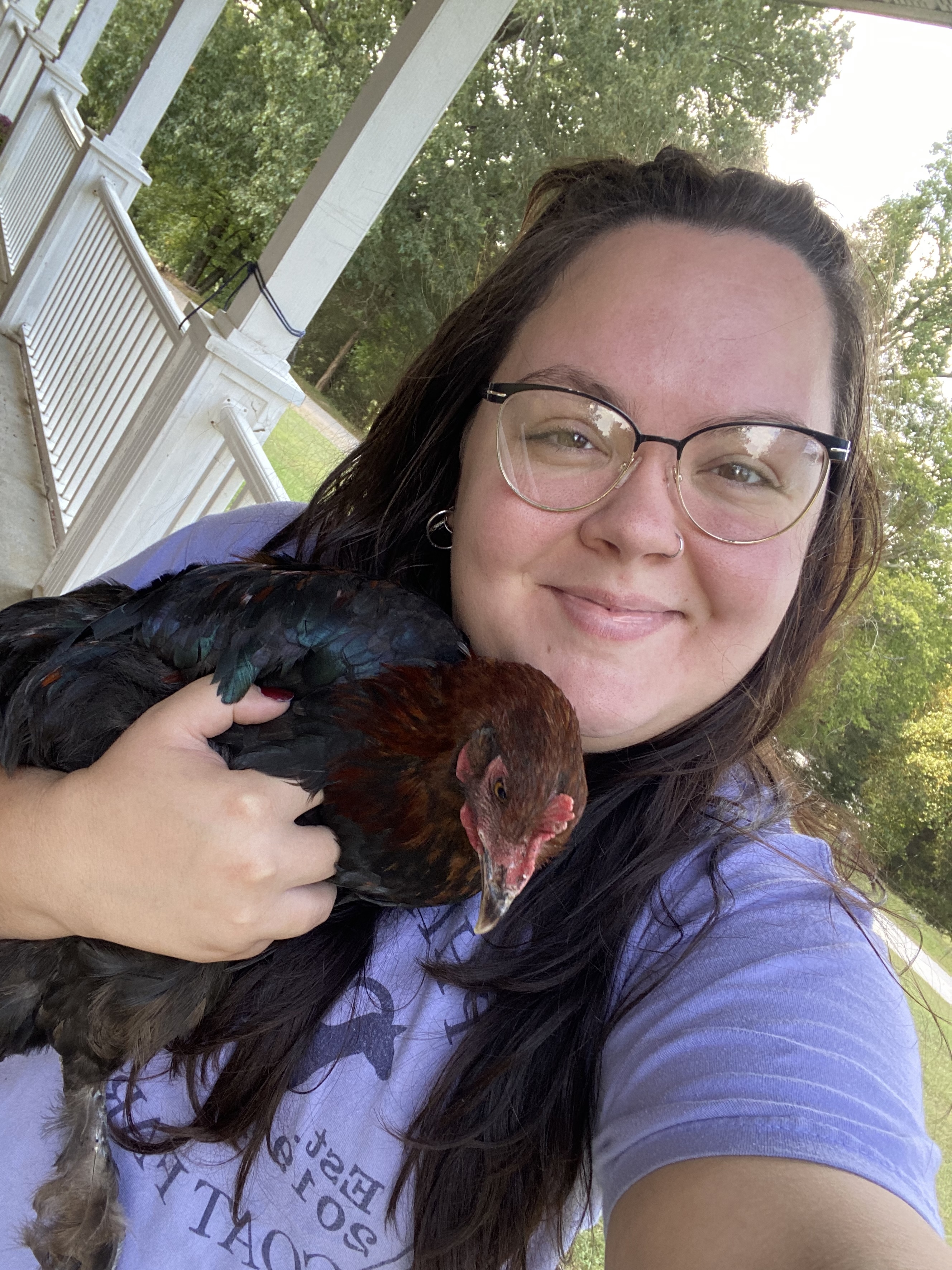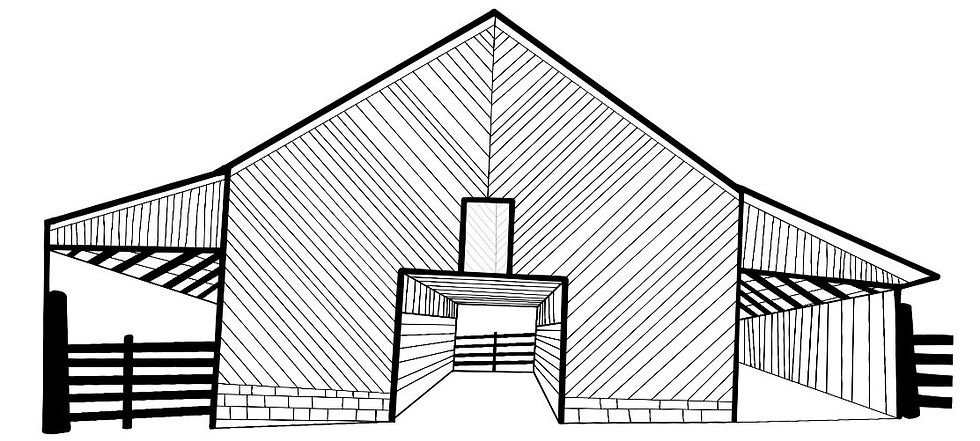
Do My Chickens Need Heat In The Winter?
- Madelyn

- Jan 7, 2024
- 3 min read
The short answer: usually, no. Fully feathered poultry (generally 8 weeks and up) are largely able to regulate themselves.
Young chicks transitioning to the outdoors will have a harder time, and may require some supportive care as they adjust. Adults, however, should be completely fine if given a clean, draft free coop to sleep in. It is important that chickens are able to stay out of the wind, rain, and snow. Your coop should have minimal ventilation in the winter, although some ventilation is always necessary in a coop. This keeps the air clean, but retains as much heat and blocks as much wind as possible.
While having the best of the best, and the “perfect” coop is ideal, chickens are truly quite resilient when given the opportunity. A draft free coop and a good place to roost is really all they need for sleeping in the winter. That is, as long as you are located in a place with relatively mild winters like we have here in north Alabama. Harsher winters will require more preparation. Regardless of where you are, or even what time of year it is, it’s important for chickens to have a good roosting bar. I believe the best thing for them are large tree branches, about 4-8” in diameter. However, a 2x4 laying flat (so they can stand on the widest part) works well. This is for several reasons. One, it is healthier and more natural for their feet. Two, it allows them to tuck their feet and toes underneath themselves to keep them warm and prevent frost bite.
Many breeds are more cold tolerant than others. Breeds that are larger, with small combs, feathered legs, and heavy/tight feathering are more cold hardy. Breeds that are smaller, with clean legs, large combs, and thin/loose feathering are more susceptible to frost bite and other cold-inflicted issues. It’s important to know and understand what to expect for winter in your area, so you’re able to have the best breeds for the weather, and do the correct amount of preparation for said weather. If you live somewhere where your winters are consistently below freezing and snowing, you’re going to need to do a lot more prep and focus more on cold hardy breeds.
Young chicks (less than about 12 weeks) may need supplemental heat as they transition outside. Generally, you don’t really want to have heat for your coops. However, depending on how you raise your chicks and how cold it may be outside, it could shock them to just put them out without any added heat. I move my chicks to an outdoor brooder (with heat) at about 1 week old, and they will stay in that brooder until they go out to the main pen (no heat) at 8-10 weeks. This creates a very lengthy adjustment period and they are more accustomed to regulating themselves as the outside temp fluctuates. The biggest thing with chicks is you always want to make sure they know where to sleep. This is true for any time of year, but especially winter. Chicks will often try to sleep on the ground, and usually huddle together. In the warmer months, that’s really fine. But in winter, especially if it’s windy and/or wet, that is no good. For at least a few days, you will likely have to go out every evening to move chicks into an appropriate sleeping place to stay warm and dry.
If chicks or adults getting too cold seems to be a concern, there are coop safe heaters. DO NOT use heat lamps in your coop. You may go years with no problems, but all it takes is one time and your whole coop and flock could burn. Personally, I don’t think it’s worth the risk. Especially when there are far better options. Heat plates, sweeter heaters, and things of that nature are great.
It is important not to make your coop too warm, though. If your coop is too warm, and it’s too cold out, it can shock your chickens. This is worse than then being a little cold. I think a good rule of thumb is your coop shouldn’t be heated to higher than about 60° in winter. If your winters are more harsh (0-20° consistently) I wouldn’t go higher than around 50°-55°. Remember, these are animals. They belong outside and are accustomed to nature. You want them to be comfortable, but they are comfortable in a wide range of temps.
Bottom line, do your research and know what you need for your area. Every area, flock, and farm are all different. Do what works best for you and your birds. These are just some general tips and rules that have helped me!




Comments